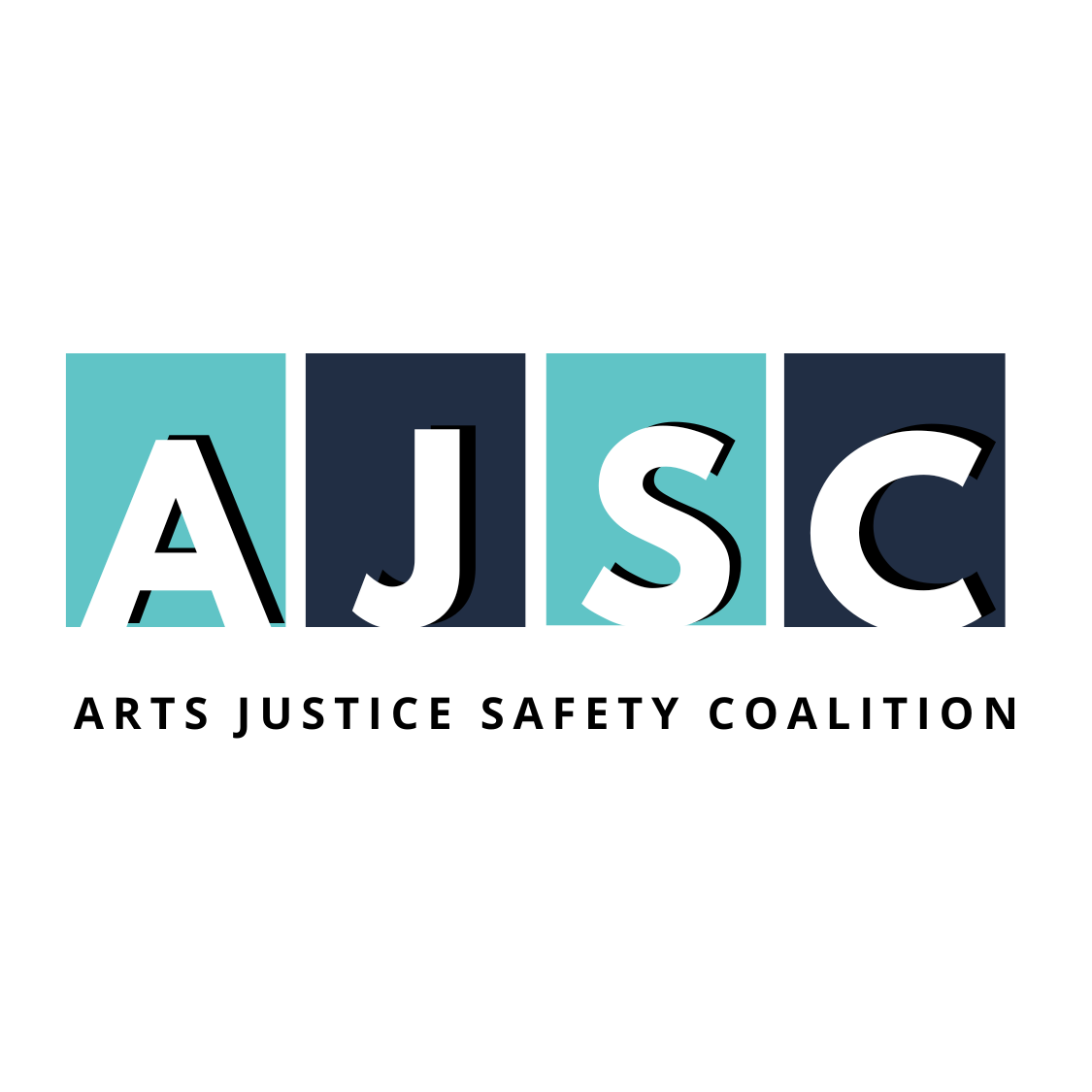STRATEGIC ARTS ENGAGEMENT
Arts engagement offers individual-, interpersonal- and community-level benefits which improve public safety. Research demonstrates that arts engagement enhances wellbeing and increases prosocial attitudes and behaviors.[1] Evaluations of art-based programs and art therapy for court-involved youth have found improvements in social and emotional learning skills, self-confidence, emotional communication, and prosocial behavior.[2], [3],[4] Arts engagement has also been shown to increase empathy and understanding, which can reduce interpersonal violence and promote cross-community understanding.[5],[6]
Community disinvestment and structural racism limit access to opportunity, resources, and land in BIPOC communities. Evidence-based strategies for violence reduction include improving economic health, environmental conditions, civic infrastructure, and social environment.[7] Arts programming creates opportunities for networking, education, employment, and civic engagement. Public art projects can support economic and community development.[8] Evaluations of arts-based prevention programs provide evidence that arts programs can help young people re-engage with education.[9] At the community level, public art projects strengthen public safety by advancing economic development, neighborhood livability, and collective efficacy.[10]
Organizations providing arts-based services to system-involved clients in New York City face challenges connecting people to employment, obtaining funding, and building internal capacity.[11].
Art For Systems Intervention
The goal of systems intervention in the criminal legal system is to identify, then reduce or eliminate the impact of punitive responses to unlawful behavior, and to enhance and sustain those policies, procedures, and regulations that move the nation away from reliance on jails and prisons as the false means of restoration or rehabilitation. The purpose of the arts as a tool for systems intervention is to create and sustain a legal approach that advances alternatives to incarceration (ATI). By positioning the arts as a necessary tool in prevention, pre-trial, supervised release, and post-conviction sentencing options and utilizing trauma-informed arts practices to inform public safety strategies, the humanity of individuals who are system-impacted can be moved to the center of restoration and rehabilitation.
Arts engagement offers individual-, interpersonal- and community-level benefits which improve public safety. Research demonstrates that arts engagement enhances wellbeing and increases prosocial attitudes and behaviors.[1] Evaluations of art-based programs and art therapy for court-involved youth have found improvements in social and emotional learning skills, self-confidence, emotional communication, and prosocial behavior.[2], [3],[4] Arts engagement has also shown to increase empathy and understanding, which can reduce interpersonal violence and promote cross-community understanding.[5],[6]
Community disinvestment and structural racism limit access to opportunity, resources, and land in BIPOC communities. Evidence-based strategies for violence reduction include improving economic health, environmental conditions, civic infrastructure, and social environment.[7] Arts programming creates opportunities for networking, education, employment, and civic engagement. Public art projects can support economic and community development.[8] Evaluations of arts-based prevention programs provide evidence that arts programs can help young people re-engage with education.[9] At the community level, public art projects strengthen public safety by advancing economic development, neighborhood livability, and collective efficacy.[10]
Organizations providing arts-based services to system-involved clients in New York City face challenges connecting people to employment, obtaining funding, and building internal capacity.[11]
What is “Strategic Arts Engagement?”
Strategic Arts Engagement serves as a transformative tool for systems intervention aimed at mitigating the impact of poverty within justice-involved communities. Recognizing the overarching goal of systems intervention to shift away from punitive responses, the arts play a pivotal role in offering a holistic approach rooted in evidence-based interventions. By providing justice-involved individuals with access to creativity, technology, and storytelling apparatus, the strategic use of arts contributes to refining educational offerings through professional development and artistic literacy courses. This not only empowers individuals on their journey towards careers in the media and arts but also addresses the complex challenges of poverty by creating avenues for skill development and economic empowerment. Furthermore, by incorporating trauma-informed arts practices into public safety strategies, this approach acknowledges and prioritizes the humanity of individuals impacted by the criminal legal system, promoting restoration, rehabilitation, and a shift towards sustainable alternatives to incarceration. The commitment to justice-involvement emphasis and tailored educational offerings underscores a dedication to cultivating a supportive and inclusive space for both participants and practitioners in the media and arts industry, thereby contributing to broader societal efforts to alleviate poverty within these communities.
Community Art Methodology
We execute the mission of targeting and undoing systemic oppression in popular culture in the form of community misrepresentation by forming Community Convening Cohorts (CCC). The CCCs are designed to be made up of different community stakeholders with its primary function to collaboratively conceptualize, fabricate, and install public art and media that represents the values and experiences of community members. The CCCs are designed to be formed in different spaces amongst different groups of people with the goal of using art in whatever preferred form to change public attitudes about individuals and communities impacted by the criminal legal system and inform representational policy solutions.
Goals
Transform the narrative of and generate healing within the community through the establishment and facilitation of a process for collectively creating and installing public art projects. This collaborative process will increase opportunities for cross fertilization and community relationship building, and most importantly, collective healing amongst community residents, law enforcement, and local arts organizations.
Form a cohort of community stakeholders committed to facilitating public art in a specific community. Relationship-building operating within the framework of partnership, rather than subordination will be key to the convening and sustaining of public art pieces that reflect community expression, representation and healing through the arts.
Form a cohort of community stakeholders committed to facilitating public art in a specific community. Relationship-building operating within the framework of partnership, rather than subordination will be key to the convening and sustaining of public art pieces that reflect community expression, representation and healing through the arts.
Objectives
Community members will have the opportunity to take charge of their personal and community narratives and present them in a way that feels just and authentic to their lived experiences. By engaging in an equitable and collaborative process, community members will feel an increased sense of trust and accountability toward community stakeholders. Ultimately, community members will feel heard, respected, and more accurately represented by the art in their neighborhood and throughout the creation process.
Community members will have the opportunity to take charge of their personal and community narratives and present them in a way that feels just and authentic to their lived experiences. By engaging in an equitable and collaborative process, community members will feel an increased sense of trust and accountability toward community stakeholders. Ultimately, community members will feel heard, respected, and more accurately represented by the art in their neighborhood and throughout the creation process.
TCA and proposed partners will develop, publish, and distribute a toolkit to community-based organizations and community representatives using the Claiming the Visual Narrative Project in Newark as its central case study. This toolkit will include methodology surrounding crucial considerations, best practices, meeting structured outlines, and a sample budget.





